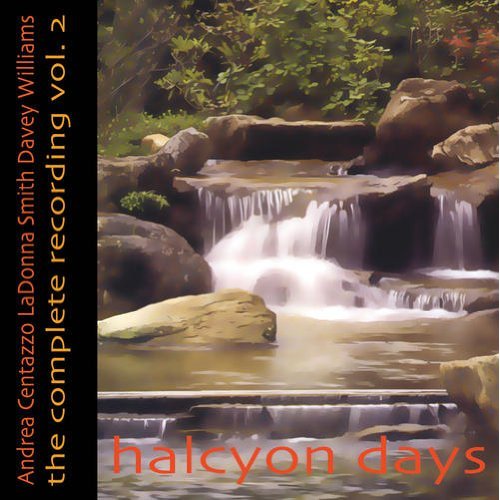
This is a story of two characters: a man and a house.
The man, named Candido, is an involuntary exile in different lands, having left his native country-once thought to be the best of all possible countries-to a fate of relentless self-destruction. A perpetual stranger, he is endowed with the ability to enter the inner world of others without ever becoming an insider like them.
The house is an old villa in Tuscany which has three strange properties, hence three names: It is both heavy and tenacious; hence, its first name is La Pietra. It is also a trap for some people who have lived in it over the centuries and who have become its ghosts. Therefore, the villa's second name is La Trappola. Trapped inside, the ghosts seem condemned to lament their unfinished business. They behave like repeated holograms in a magic cage, so the villa's third name is La Gabbia.
The man is drawn to the villa and is trapped in it, like so many before him, but manages to escape, though he is not unscathed. Like his namesake by Voltaire, Candido survives to tell the story and cultivate his own garden in old age.
Those who visit the villa and those who meddle in it do not suspect this secret world. They are the innocents abroad, and most of them are not innocent at all: worldly worthies and world leaders, a few royals, foreign troops, devious secretaries, sleazy lawyers, scholars, art thieves, university administrators, romping undergraduates, and several varieties of household staffs.
The man and the villa both survive: the man to tell his story, and the villa to repeat its fate. After all, texts and ghosts are versions of an afterlife.







